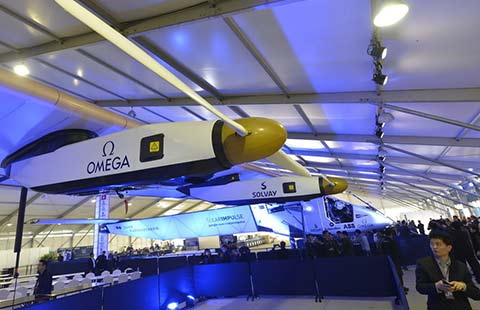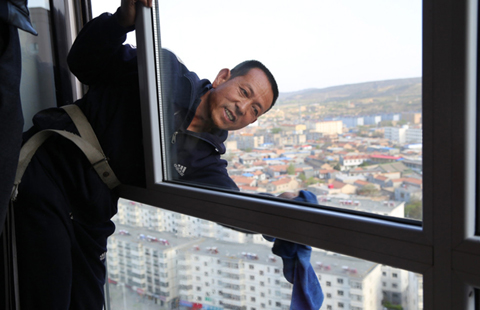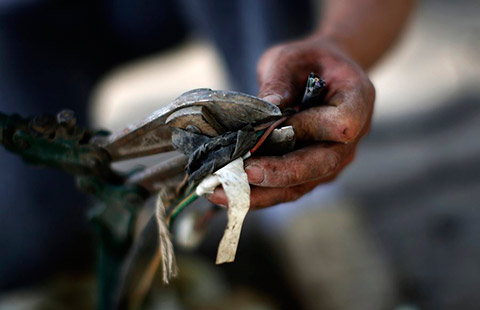China's firm to buy steel from Kenyan manufacturers
(Xinhua) Updated: 2015-04-29 11:03NAIROBI - China Road and Bridge Corporation (CRBC) said on Monday it plans to buy over 5,000 tons of steel worth over $3.7 million from Kenyan manufacturers for the construction of the Standard Gauge Railway.
CRBC Procurement Manager Zhang Chen said the purchase will be a first large scale local purchase of steel by CRBC since construction of the new railway began.
"We have tested the steel suppliers' steel products that are participating in this process in our SGR project center lab and they have met the requirements for the project," Zhang said in a statement issued in Nairobi.
The firm has previously purchased smaller consignments from different Kenyan steel makers.
CRBC said the 5,250 tons of steel bars are expected to meet steel requirements for the construction of culverts and bridges foundation construction for about three months.
Kenya Association of Manufacturers (KAM) members were seeking ways of gaining from the construction of the high speed railway which is expected to create a local workforce of about 30,000.
CRBC is the main contractor of the $38 million project. The first phase which beings later this year will see the railway built from Mombasa to Nairobi.
The project is expected to end in 2017. The second will extend that line from Nairobi to Malaba and Kisumu.
Already, Kenya is in talks with Uganda, Rwanda and Sudan to extend the lines for regional interconnectivity due to concerns that most of the cargo traffic will be from Mombasa to Nairobi, but not vice versa.
Kenyan and other East Africa Community (EAC) exports need to go through rail to create down traffic to the port and justify the project.
Zhang said five steel manufacturers on Friday presented their bids to supply the steel bars to CRBC at the firm's offices in Nairobi. CRBC will select one or more suppliers from their prequalified list of suppliers.
The company will now evaluate the quotations and will select a suitable supplier based on the stability of their production capacity, good sales performance, excellent quality control and lower price variations.
- AIIB will uphold high standards
- China speeds up fuel quality upgrading for better air
- Nearly 500 public WeChat accounts punished over plagiarism
- Bank of Communications profit up 1.5% in Q1
- BP highlights China's surging shale gas production
- China's 4G users continue to surge
- Tencent to give startups a helping hand
- New trade initiatives to spur gold demand

















